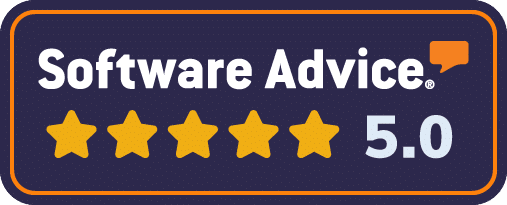Top Trends in 360 Feedback: What HR Leaders Need to Know
As the workplace continues to evolve, so does the way we gather and use feedback. In 2025, 360-degree feedback is no longer just a once-a-year ritual — it’s a dynamic tool reshaping leadership, engagement, and team performance. If you’re an HR leader or executive coach looking to stay ahead, here are the top trends in 360 feedback for 2025 you can’t afford to ignore.
1. AI-Enhanced Feedback Analysis
Artificial intelligence isn’t just a buzzword anymore. Leading 360 platforms now use AI to detect sentiment, flag bias, and identify patterns across large feedback datasets. This allows leaders to see real insights instead of sifting through pages of raw comments. Expect smarter summaries, predictive insights, and tailored action plans driven by machine learning.
2. Continuous Feedback Loops
Forget annual reviews. The trend is moving toward continuous 360 feedback, where employees receive input throughout the year. This creates a more agile approach, allowing teams to adjust quickly, build on strengths, and course-correct before small issues turn into big problems.
3. Integration with Leadership Development
360 feedback is no longer a standalone exercise. Forward-thinking companies are integrating 360 results directly into leadership development programs and coaching plans. Expect to see custom learning paths, workshops, and follow-up coaching tightly linked to feedback data.
4. Increased Focus on Team-Level Feedback
While individual feedback remains important, there’s a growing demand for team-level 360 assessments. Companies want to understand how whole teams function, collaborate, and communicate, not just how each individual scores. This shift reflects the reality that most work today happens in cross-functional teams.
5. Better Feedback Literacy and Training
One of the biggest barriers to effective 360 feedback? Poor-quality input. In 2025, more organizations are investing in feedback literacy — training employees how to give constructive, actionable, and fair feedback. Expect to see microlearning modules, just-in-time tips, and AI nudges helping raters improve the quality of their input.
6. Customization and Flexibility
No more one-size-fits-all. Leading organizations are customizing their 360 feedback tools to match unique competencies, values, and business goals. Whether it’s adding custom competencies, choosing who participates, or tailoring reporting formats, flexibility is now a must-have.
7. Stronger Focus on Psychological Safety
Employees are increasingly sensitive to how feedback is used. In 2025, there’s a growing emphasis on psychological safety — ensuring feedback environments are fair, respectful, and supportive. Companies that ignore this risk damaging trust and undermining the value of their 360 process.
8. Mobile and On-Demand Access
With hybrid work here to stay, mobile-first platforms are leading the way. Employees expect to give and receive feedback on the go, through intuitive apps that make it easy to engage without waiting for a desktop login or a formal session.
Final Thoughts
The companies that will win in 2025 are those that embrace 360 feedback not as a check-the-box activity but as a strategic tool for growth. By leveraging AI, continuous feedback loops, team assessments, and a focus on psychological safety, HR leaders can drive stronger engagement, develop better leaders, and build high-performing teams.
If you’re ready to transform how your organization uses feedback, now’s the time to act. Want help selecting the right 360 tool or integrating feedback into your leadership programs? Let’s talk. G360 Surveys can help!


